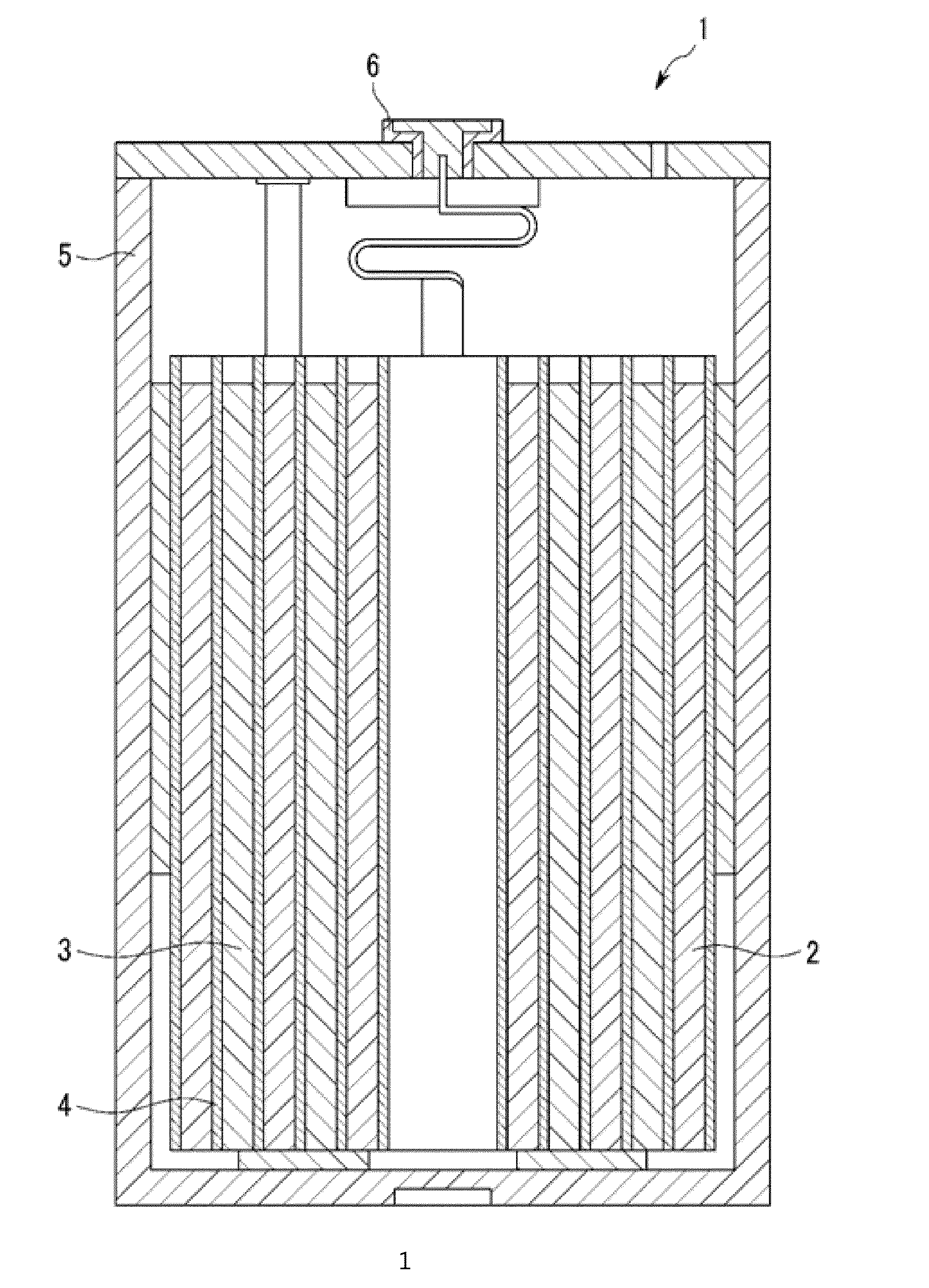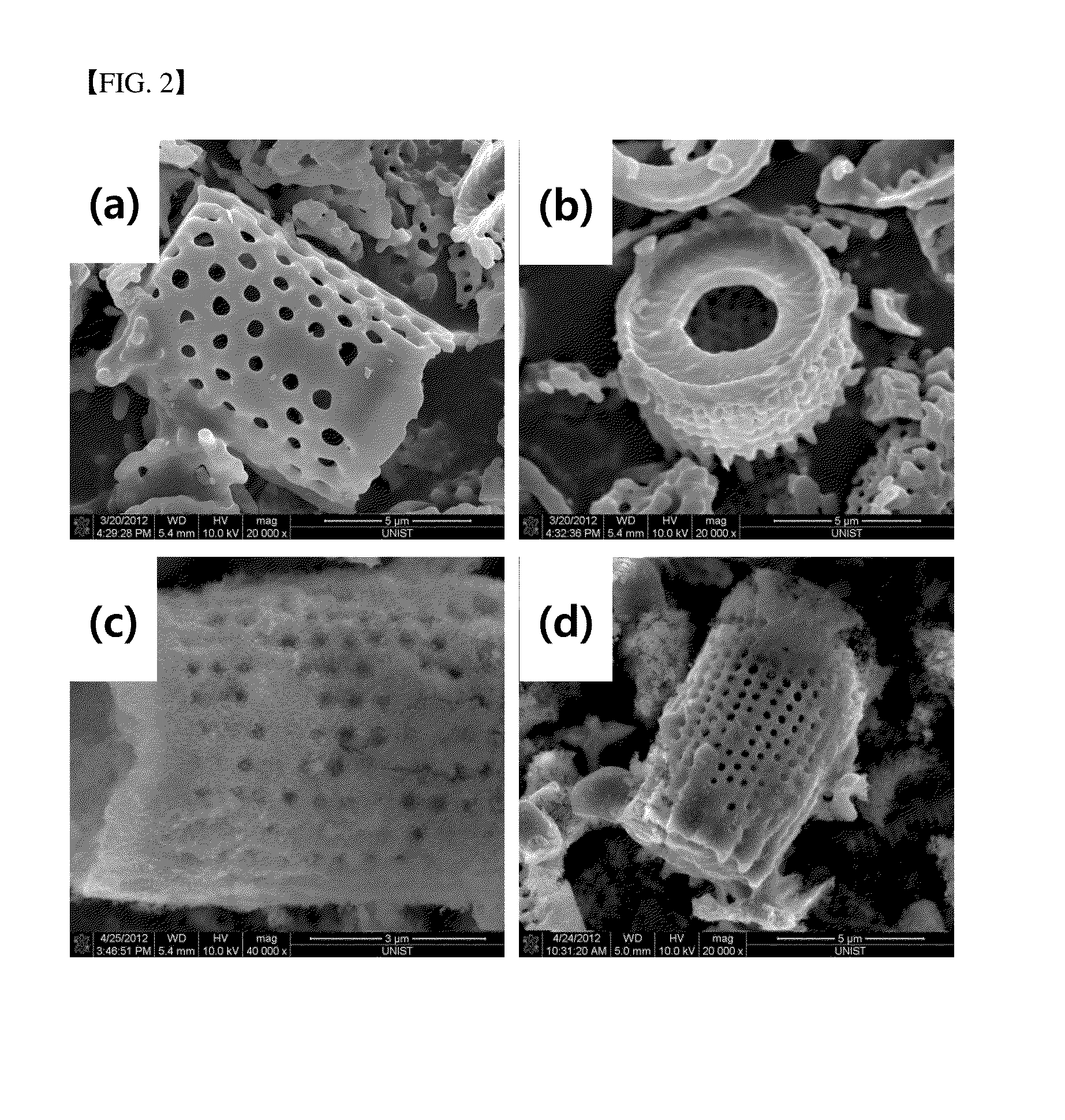Method for preparing silicon-based negative electrode active material, negative electrode active material for lithium secondary battery, and lithium secondary battery containing same
- Summary
- Abstract
- Description
- Claims
- Application Information
AI Technical Summary
Benefits of technology
Problems solved by technology
Method used
Image
Examples
example 2
[0113]A coin-type (2016 R-Type) cells was prepared by using the synthesized silicon negative electrode material in Example 1 and a thin lithium metal film as a positive electrode.
[0114]The coin cell battery was prepared by incorporating the electrodes through the separator made from polyethylene thereby the thickness of the separator was 20 μm, by compressing them, and by injecting the electrolyte thereto. At this time, a LiPF6 dissolved in a mixed solvent of ethylene carbonate (EC), ethyl methyl carbonate (EMC), and diethyl carbonate (DEC) (wherein the volume ratio of EC:EMC:DEC is 3:4:3) with 1M concentration was used as an electrolyte.
experimental example
Experimental Example 1
SEM Photo
[0117]FIG. 2 is a SEM image of porous silica and porous silicon according to Example 1.
[0118]More specifically, FIGS. 2(a) and (b) are SEM images of the porous silica, and FIGS. 2(c) and (d) are SEM images of the porous silicon.
[0119]As in FIG. 2, porous structures is being maintained within the preparing the negative electrode material from raw materials.
experimental example 2
XRD Measurements
[0120]FIG. 3 is XRD data for each step according to Example 1. XRD was measured at 2500V by using the Rigaku D / MAX and CuKα as a light source.
[0121]For reference, the X-axis in FIG. 3 is not the meaning of the unit because the X-axis is an arbitrary scale. The relative position of the peak can take a meaning.
[0122]Shown is that the silica in the Example 1 was reduced to the silicon.
PUM
 Login to View More
Login to View More Abstract
Description
Claims
Application Information
 Login to View More
Login to View More - R&D
- Intellectual Property
- Life Sciences
- Materials
- Tech Scout
- Unparalleled Data Quality
- Higher Quality Content
- 60% Fewer Hallucinations
Browse by: Latest US Patents, China's latest patents, Technical Efficacy Thesaurus, Application Domain, Technology Topic, Popular Technical Reports.
© 2025 PatSnap. All rights reserved.Legal|Privacy policy|Modern Slavery Act Transparency Statement|Sitemap|About US| Contact US: help@patsnap.com



